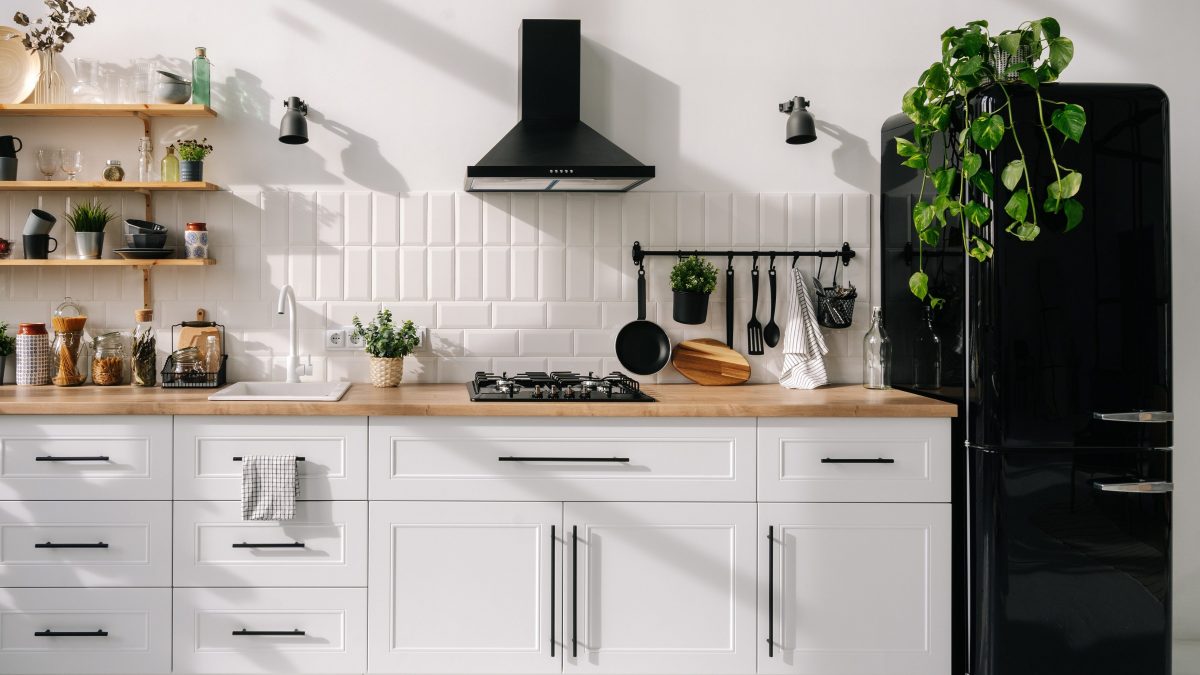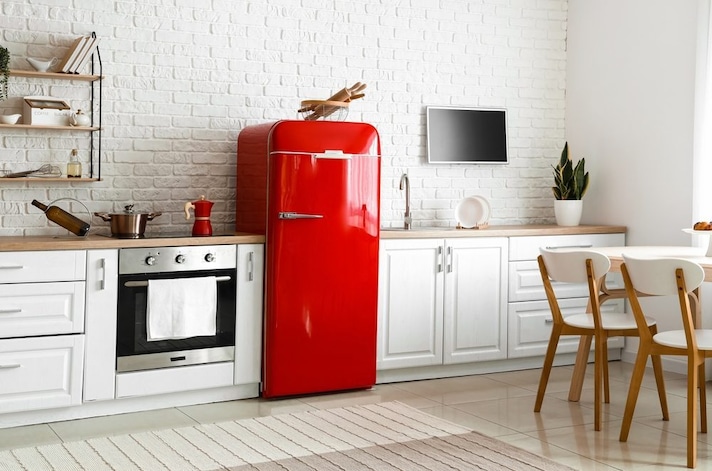
The refrigerator has become an essential appliance in our daily lives, but like almost everything else in our homes, it's used for more than its primary purpose: storing food. How many times have you, or do you, use the top shelf of your refrigerator as storage? It's a space where a bit of everything ends up, especially items you don't use often and don't know where to put them.
If you've never wondered about the correctness of this habit, you should start doing so: placing objects on top of the refrigerator isn't always a good practice; in fact, it could pose a problem for several reasons, particularly regarding the appliance's ventilation system. This doesn't mean you can't place anything on top of the refrigerator; it just means you need to consider a series of factors to decide which objects to place on top and how to do so without causing any damage.
Can You Put Items on Top of The Refrigerator? Yes, But With Some Caveats
Let's get this straight: yes, it's possible to place some items on top of the refrigerator, but you need to follow a few rules and remember that not everything can be stored in this particular space. What should you consider? First, the safety of the refrigerator itself, and second, the integrity of the items.
The appliance is not designed to support heavy weights, so first of all remember not to place excessive loads in it. Also, always remember to consider the appliance's airflow: filling the top with items (especially unsuitable ones) can affect the refrigerator's ventilation system and therefore the preservation of the food inside. This is because the refrigerator emits heat during the cooling and freezing process, which is dissipated by condensers which, depending on the model, may be located on the sides, the back, or right on top of the appliance.

If you pile too many or unsuitable items up there, you'll end up blocking proper airflow, with a double negative consequence: the refrigerator will have to work harder to keep food cold, leading to heat overload, which causes the appliance to consume much more electricity. It's also dangerous because, in the most serious cases (and when in contact with certain materials), the excessive heat buildup could potentially cause a fire. As if that weren't enough, an overloaded refrigerator struggles to maintain a good internal temperature, also compromising the proper preservation of the food inside.
The Things You Should Never Put on Top of The Refrigerator
Given what we've explained, you'll understand that not everything is suitable for storing on the top outer shelf of the refrigerator. First of all, remember what should never be placed in this space:
Bread and Baked Goods
All these foods should never be exposed to excessive heat, because the flow of hot air dries out leavened products and accelerates the processes that cause them to stale, or creates an environment in which mold is more likely to develop more quickly and ruin the product.
Small Appliances
These are the items you most likely end up placing on the refrigerator, especially those you don't use every day and therefore don't need to have close at hand. In these cases, the danger isn't so much the heat (which, anyway, isn't very beneficial) but rather the risk of them falling every time you open or close the refrigerator door.
Medicines
Since it's an empty, unused space, the top of the refrigerator might seem like as good a place as any to store your box of commonly used medications. Nothing could be more wrong: the words "store in a cool, dry place" aren't accidental, and the top of the refrigerator is definitely too warm for these types of products.
Fresh Foods
Fruit, vegetables like potatoes and onions, and all fresh foods that don't go directly into the refrigerator should never be placed on top: heat is their biggest enemy, as it can accelerate ripening and spoilage
What Can Be Put on Top of The Refrigerator, Instead?
What can you place above the refrigerator without running any particular risks and without overloading the appliance? First of all, you can place decorative objects, but also kitchen organizers and containers made of heat-resistant and heat-resistant materials (for example, tempered glass is fine, but only if it's made of tempered glass). Inside these containers, you can store all those condiments and supplies that don't require refrigeration, that won't spoil when exposed to heat, and that don't create too much weight: ideal examples are spices, but also cereal boxes and other dry foods. A great alternative to avoid cluttering the appliance is to install a cabinet or shelf above it. Just be sure to leave a gap of 9-10 cm between the refrigerator and the cabinet to allow warm air to escape.
;Resize,width=767;)
